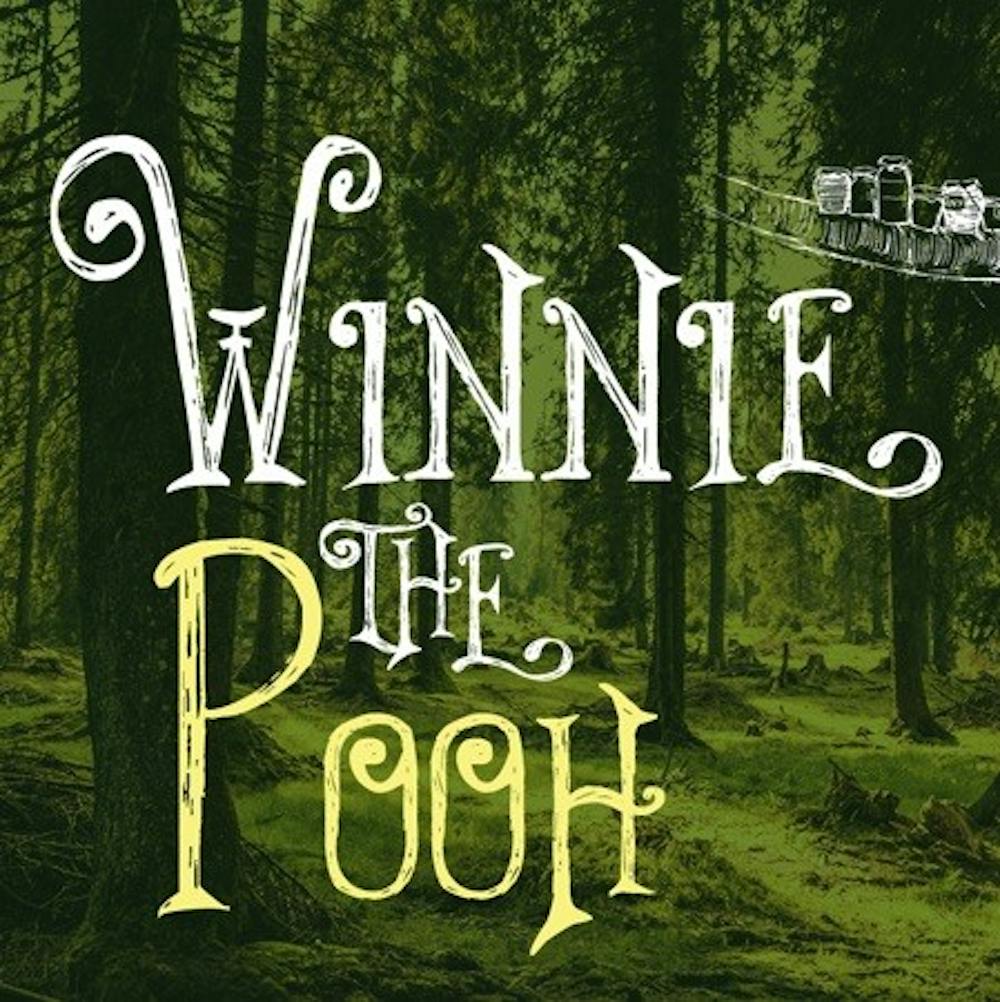When: 7 p.m. Feb. 1-2, 7-9 and 2:30 p.m. Feb. 3, 9-10
Where: University Theatre
For many, like director Michael Daehn, “Winnie the Pooh” is bringing nostalgia with it to Ball State, but not for sophomore Jake Letts, who ironically plays Pooh. Letts said he never grew up watching the Disney originals or reading the books.
“I will say the one part [Winnie the Pooh] played in my childhood was when my brother and I watched this VHS tape of Disney’s best hits,” Letts said. “It did have [Pooh’s] stretching song, which I sing sometimes backstage now.”
Contrary to Letts, Daehn said he grew up reading “Winnie the Pooh” and then shifted to watching it with his kids.
“Disney’s ‘Winnie the Pooh’ didn’t come out until I had kids, so for the first movie, I was already an adult,” Daehn said. “It really was the classic Pooh I grew up with, and that is the reason we are taking a different approach to this play.”
Because Daehn is focusing more on the aesthetic of the original novels with his rendition of the play, Letts said the handmade costumes the cast has add a unique aspect to the show.
“Normally [Michael and Patty Daehn] order the costumes, but they discovered that for this large of an ensemble, costumes were not always going to fit,” Letts said. “It also turned out that the place we were going to rent [the costumes] from was also doing ‘Winnie the Pooh.’”
Along with costumes, the staging replicates the books almost completely through the use of watercolors and cartoonish characteristics.
“It really brings the show to life and will probably be more than what [the audience] will expect,” Letts said.
One scene in particular Daehn said audience members won’t expect is a map that drops in front of them during the opening scenes of the play. Daehn also said if the play wasn’t in University Theatre, aspects like this one would not have been possible.
“Because [University Theatre] is a bigger space, the whole world becomes bigger,” Daehn said. “There are more things that can be done on stage.”
But with over-the-top aspects comes challenges. Because the theater is much larger than any other theatrical space on campus, Letts said the need to vocally project to the audience is uncanny.
“I have [recently] had directors who have worked so much on training us to make sure that we’re hitting the back of the house and making sure that our words project,” Letts said. “Because of that, I was nervous going back into [University Theatre].”
While “Winnie the Pooh” is meant for younger audiences, Daehn said he believes adults will be able to learn something from the show.
“Parents will experience the show in one way, bringing them back into their past, just like it does for me, while kids will be fully absorbed in the silly, funny, adorable characters and stories that are in the play,” Daehn said.
Throughout the hour and 20-minute production, Pooh teaches important themes to the audience through his actions, including friendship, strength, courage and staying fully present in the world.
“Our lives always seem to be either grabbed into the past or focused on the future,” Daehn said. “Sometimes we just have to stop and smell the roses.”
Daehn also said Winnie the Pooh is portrayed as a zen character, who simply processes lessons and continues on with a smile; although, he can also be seen taking risks when it comes to doing the right thing or taking care of the people he is closest to.
“[Winnie the Pooh is] looking for whatever there is good to find in life on an everyday basis,” Daehn said. “His glass is always half full.”
Letts said before playing Winnie the Pooh, he shared a lot of his qualities, but the play has made him dive deeper into them. Because of this, Letts said that Pooh has made him a better person, helped him pay attention to what truly matters and helped him see his glass as half full.
“There is this big powwow scene at the end, and I get to stand and look at all of [the characters], and every time we make it to that scene, I am so happy to be surrounded by some great people,” Letts said. “It is one of those weird moments where I am aware that I am in one of the really great parts of my life.”
Contact Kamryn Tomlinson with comments at kptomlinson@bsu.edu.




